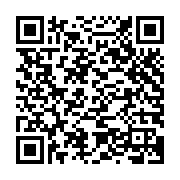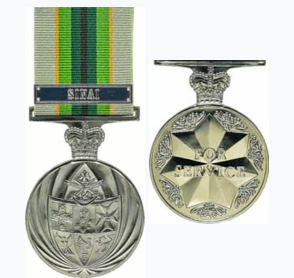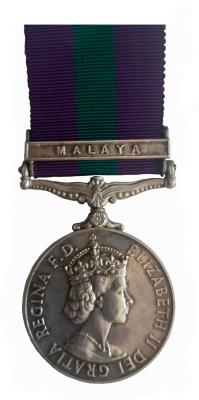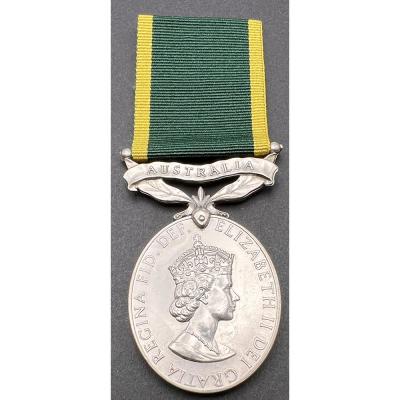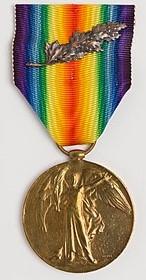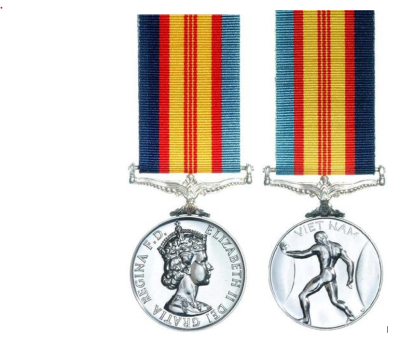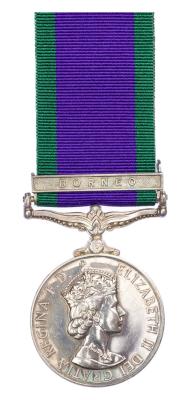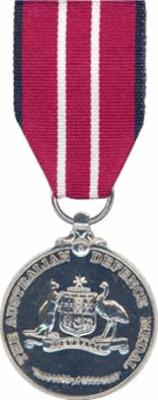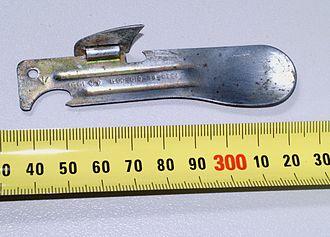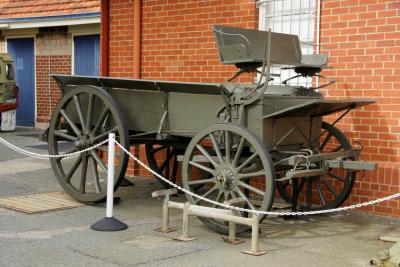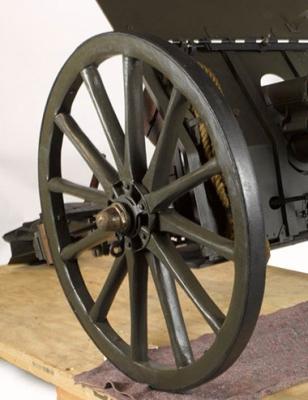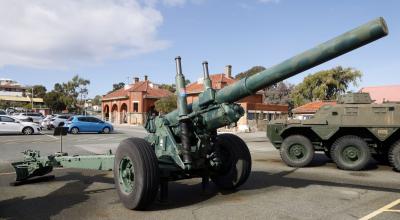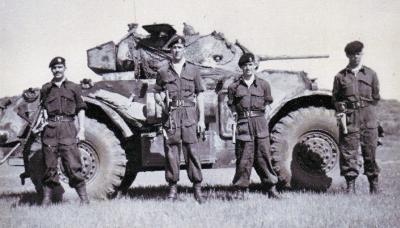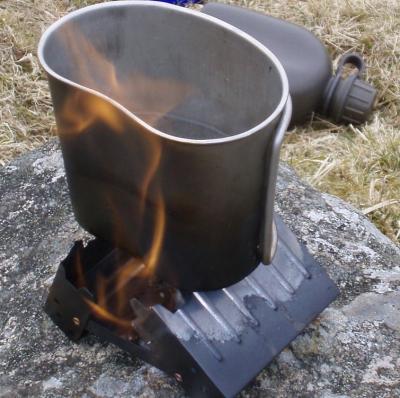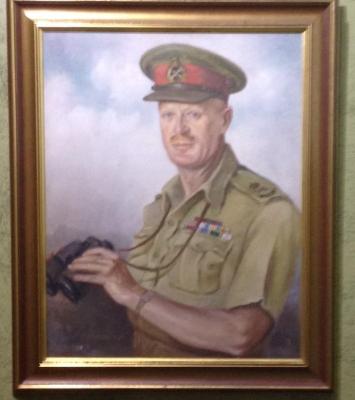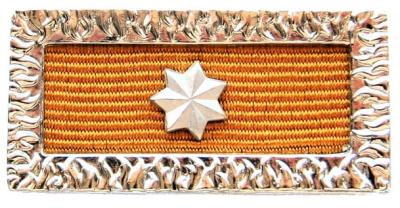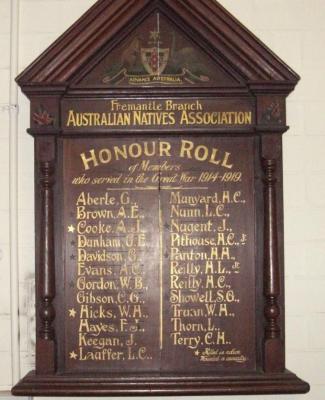Medal Group including Distinguished Conduct Medal and Military Medal 3400 Sergeant John Alexander SPENCE, 12 Battalion AIF and 52 Battalion AIF
First introduced by Queen Victoria in 1854, the Distinguished Conduct Medal (DCM) recognises gallantry displayed in the field by Other Ranks, which includes Soldiers, Non-Commissioned Officers and Warrant Officers. As far as the Other Ranks go, the DCM is regarded as second only to the Victoria Cross, the highest award for gallantry. The medal was struck in silver and is a disk, 36 millimetres in diameter and 3 millimetres thick. The suspender of all versions is of an ornamented scroll pattern. The manner of attachment of the suspender to the medal varied between medal versions and, on early versions, allows the medal to swivel.
The Military Medal (MM) is military decoration awarded to personnel of the British Army and of other Commonwealth countries, below commissioned rank, for bravery in battle on land. The award was established in 1916, with retrospective application to 1914, and was awarded to other ranks for "acts of gallantry and devotion to duty under fire".
The Military Medal is a circular silver medal of 36 mm diameter. The obverse bears the effigy of the reigning monarch and an appropriate inscription. The reverse has the inscription "FOR BRAVERY IN THE FIELD" in four lines, surrounded by a laurel wreath, surmounted by the Royal Cypher and Imperial Crown. The suspender is of an ornate scroll type. The ribbon is dark blue, 1.25 inches wide with five equal centre stripes of white, red, white, red, and white, each 0.125 inches wide.
In 1912 John Alexander Spence joined the Australian Navy as a Stoker and was posted to H.M.A.S. Australia. He was on this ship when it sailed at the head of the convoy into Sydney Harbour in 1913. At the outbreak of WW1, his ship was sent to German New Guinea where he saw conflict with the enemy and received a gunshot wound to his hand. He was returned to Australia and the Naval doctors considered him unfit for further Naval service.
When his hand healed Spence joined the AIF on the 2 August 1915 and was posted to the 52nd Battalion and embarked on the Benalla on the 1 November 1915. He was promoted to Lance Corporal on the 1 June 1916 on 9 September was promoted to Corporal and the next day to Sergeant. At Messines Ridge he was awarded the Distinguished Conduct Medal. At Dernancourt, a village near Villers he was awarded the Military Medal on 6 April 1918.
Details
Details
All Distinguished Conduct Medals medals awarded bear the recipient's number, rank, name and unit on the rim.. There were eight variants of the obverse, changing with successive monarchs. Sergeant Spence's medal is inscribed "GEORGIVS V D:G:BR OMN REX ET INDIAE IMP:" The reverse of all versions is smooth, with a raised rim, and bears the inscription "FOR DISTINGUISHED CONDUCT IN THE FIELD" in four lines, underlined by a laurel wreath between two spear blades.
The name and service details of the recipient are impressed on the rim of both the Distinguished Conduct Medal and the Military Medal.
Before enlisting, Spence was a prominent amateur boxer, a pupil of the renowned heavyweight Bill Doherty. During WW1 he won the Army lightweight championship, competing against professionals as well as amateurs. He defended the title successfully for three successive years. On his discharge from the Army he fought under the name of Sonny Kidson. He also turned to coaching and had remarkable success having coached the Army and Navy boxing teams.
Australian Army Museum of Western Australia
Australian Army Museum of Western Australia
More items like this
Other items from Australian Army Museum of Western Australia
- Food Ration Eating Device (FRED)
- General Service Wagon World War 1
- Artillery Pattern Wheel
- 5.5 Inch Gun
- Post 1945, Perth Staghound Armoured Car, 10 Light Horse
- Immersion Heater
- M59 Field Stove with M2 Burner
- Hexamine Stove
- Portrait - Gordon Bennett by Margaret Gordon
- World War 2, Western Australia, Perth, Desk of Major General Gordon Bennett, 1942
- Meritorious Unit Citation
- World War 1, Honour Board - Australian Natives Association
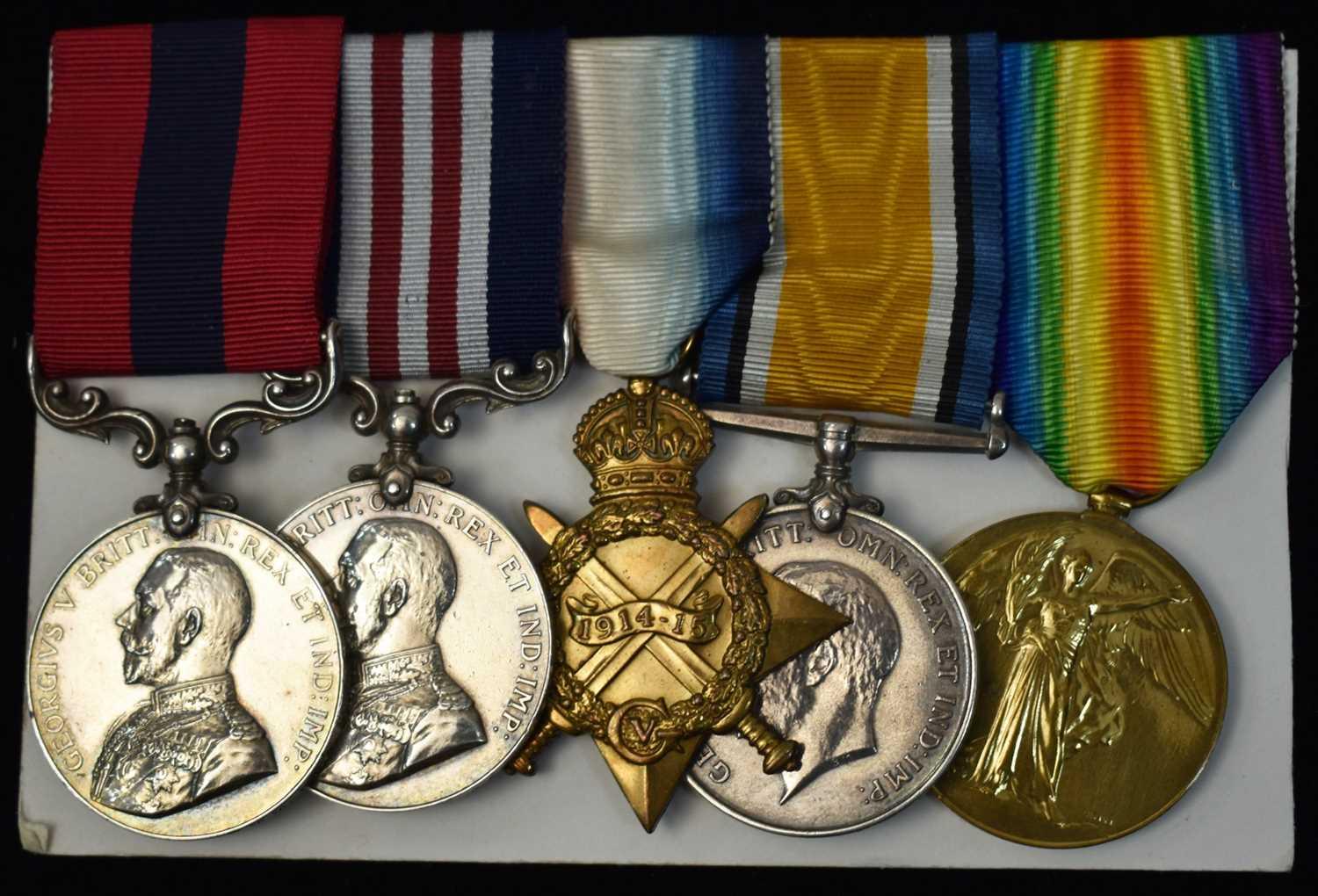

Scan this QR code to open this page on your phone ->
